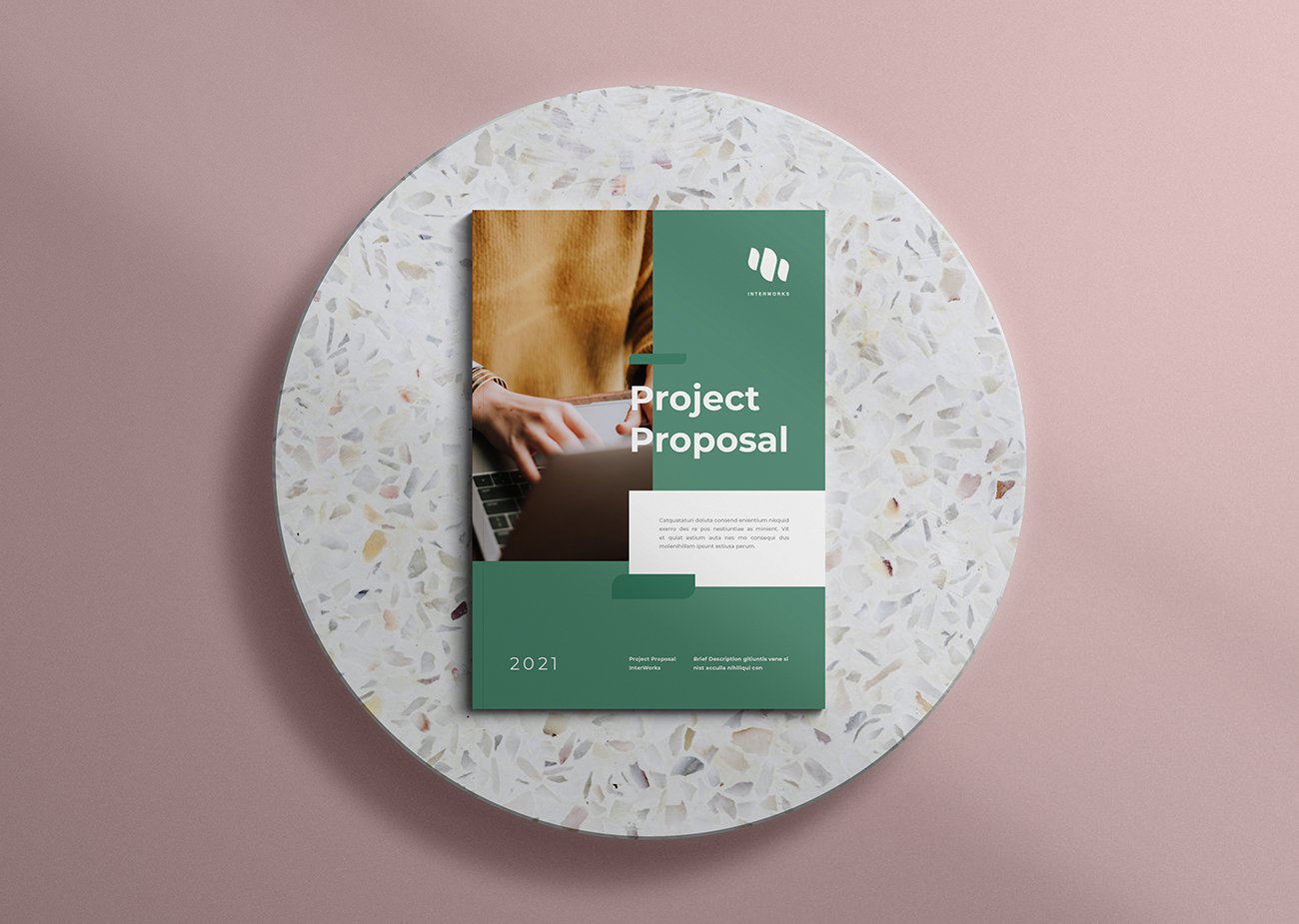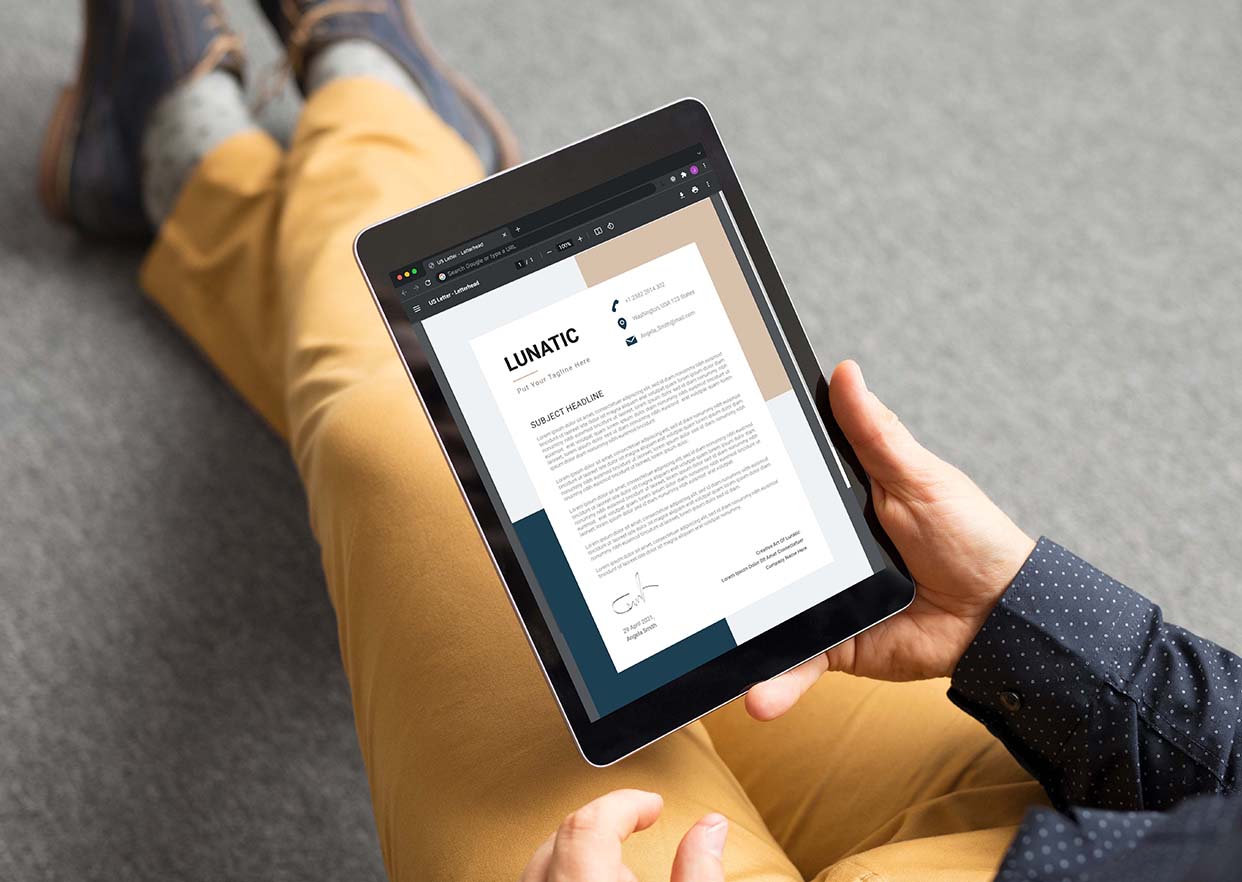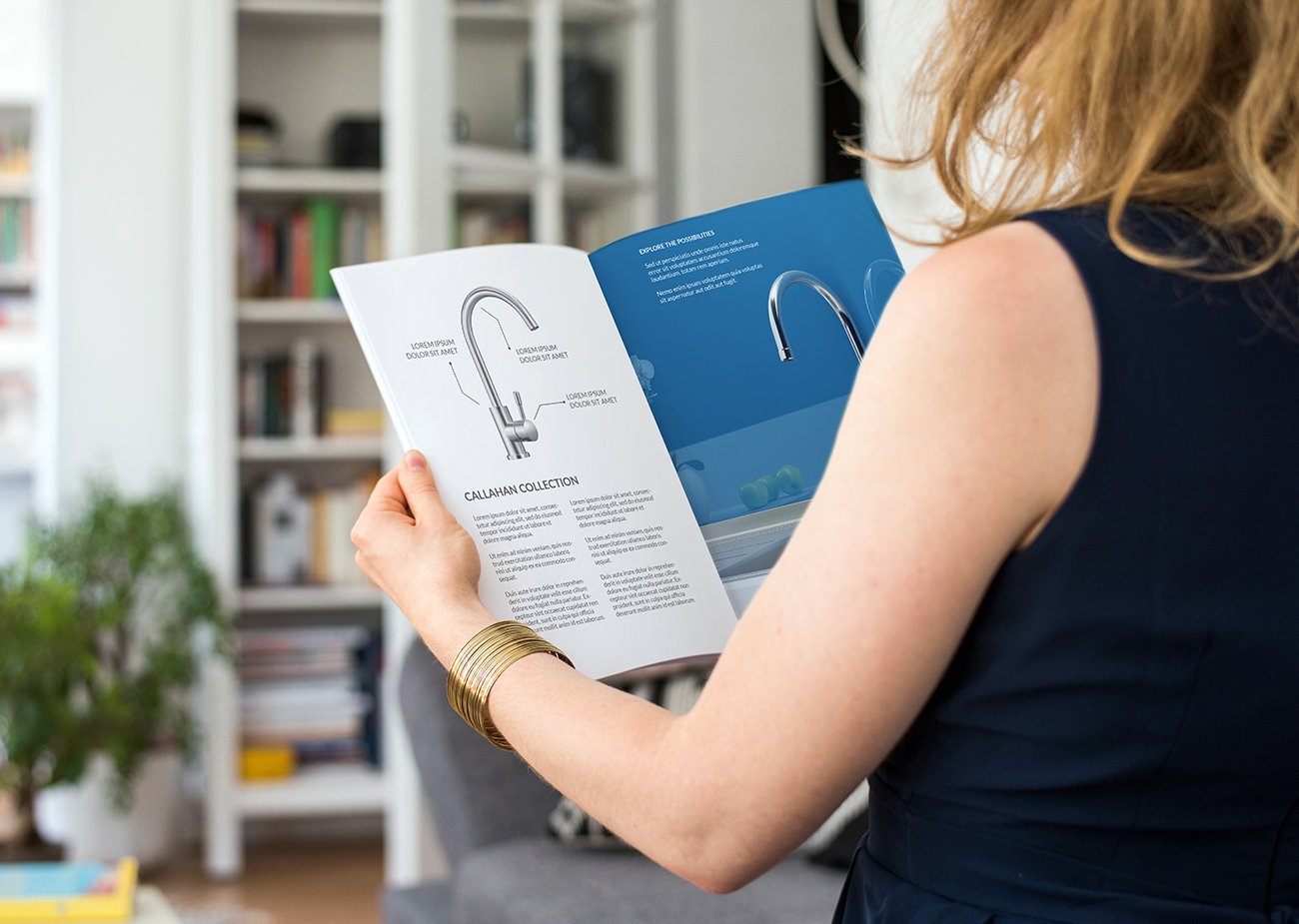What Should I Ask In Our Print RFP?
You’ve been through the process a million times. Your company is venturing out and looking for a new vendor that can provide a specific product, service, or solution. The problem is, you don’t know anything about the vendor’s services or what qualifies them to be a good partner. This can be a common challenge when it comes to corporate printing services. To help ease your burden, we’ve outlined some of the questions you should be asking when creating an RFP for corporate print.
Is our brand safe?
Your company’s brand is its most valuable asset. It encompasses your client’s perception and expectations and serves as a foundation a long-lasting relationship. When inconsistencies arise in your business cards, letterhead, envelopes and other identity pieces, your brand’s credibility and reputation are called into question. To avoid this situation, make sure you ask prospective vendors how they plan to secure your brand guidelines both locally and globally.
For example, ask whether your print partner utilizes a modern online ordering and production management portal. Systems like these effectively “link” all of the facilities that will produce your assets and are used to store your brand guidelines, lock down templates and control versions. That way, no matter who is ordering stationery across your organization, you can be assured that the same consistent product is being utilized worldwide.
What’s your game plan?
Numerous factors are involved when creating or moving a print program. While each situation is different, you can’t go long without corporate stationery. That’s why an implementation plan is so important.
At Taylor, we always create an implementation plan that provides a detailed roadmap of our client’s vision and how we are to proceed in any situation. Common implementation plan elements include:
- Approval guidelines and workflows
- Artwork details
- Billing information
- Communication protocols
- Logistics and fulfillment
- Production specifications
- Roles and responsibilities
Be sure to ask how the vendor in question plans to assume responsibility for your print program. If a prospective partner is not able to clearly articulate a plan or process, you would be wise to look elsewhere.
Can you translate?
If you’re a global player or looking to expand your market, it’s essential to know what your vendors can do to support you. Given Taylor’s vast experience with corporate identity and our global footprint, we know the importance of translation services.
Remember, your business card isn’t merely an informational tool – it’s a gesture of courtesy. Having bilingual or multilingual cards can be a sign of respect for the customs and cultures of people in that area. When creating your RFP, remember to ask about the vendor’s ability to support multiple languages.
How do you stay current?
Your business is challenging enough without having to become an expert in print production, too. You simply don’t have time to keep up on the competitive landscape in the world of corporate print – that’s your vendor partner’s job.
Whether it’s a new stock, production technology, paper weight or something else, having the latest capabilities at your disposal ensures that your brand will always remain top of mind. For example, Taylor’s in-house design agency prides itself on its industry knowledge and how innovative uses of materials, inks, colors, processes and graphic design can build a client’s brand image. Ask each prospective vendor to describe how they remain current on print industry trends and plan to bring new ideas to you.
What is your service model like?
Communication is critical to any vendor relationship and especially so in the print industry. Once the contract is signed, you want to ensure that you will still have the ability to proactively engage with your print partner – and not just when service issues arise.
Ask whether your print partner can commit to meeting with you in person on a regularly prescribed basis. If your business is forms-centric (such as healthcare), make sure they intend to participate in your forms committee. Inquire about your points of contact; will you be dealing with a call center or will you have the ear of an account manager? Long story short, look for signs that they view your business as a potential long-term partnership and not just another revenue opportunity.
How will you make my job easier?
More than anything, your print partner should make your job easier. We’ve already mentioned the importance of a sophisticated online ordering and production management portal. Your print vendor should also be recommending process improvements that will reduce cost, improve quality or accelerate speed to market.
For example, do they ideas for optimizing the design of your documents to make them less expensive to produce? Do they offer proofing tools that will empower your team members to work more efficiently? Can they offer other types of products – such as promotional marketing items or direct mail services – that will enable you to manage fewer vendor relationships?
Remember, the RFP process represents the start of a business relationship that will directly influence your brand for years to come. By including these questions in your corporate print RFP, you will be able to make an informed decision about the character of prospective vendors and if they are the right fit for your corporate brand goals.










